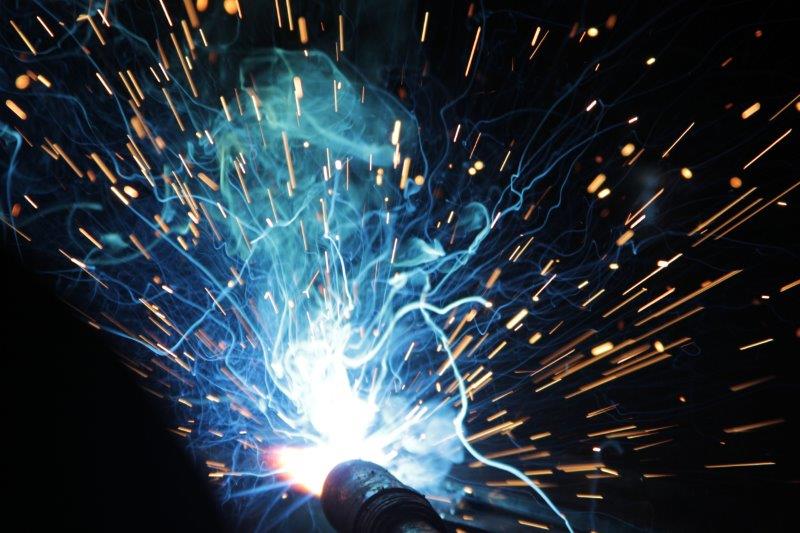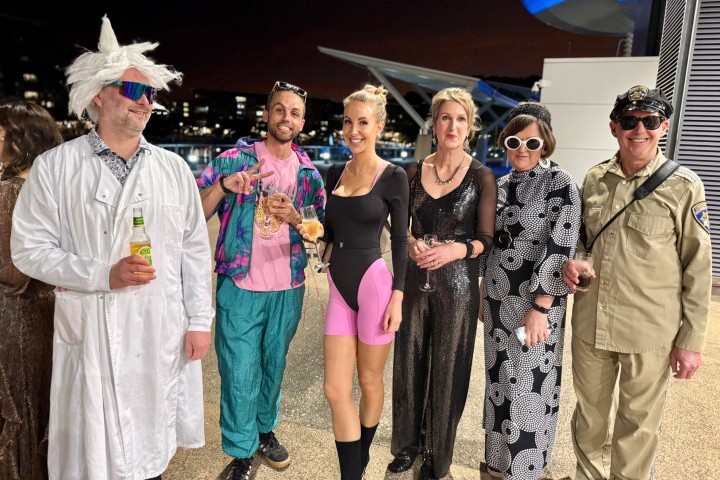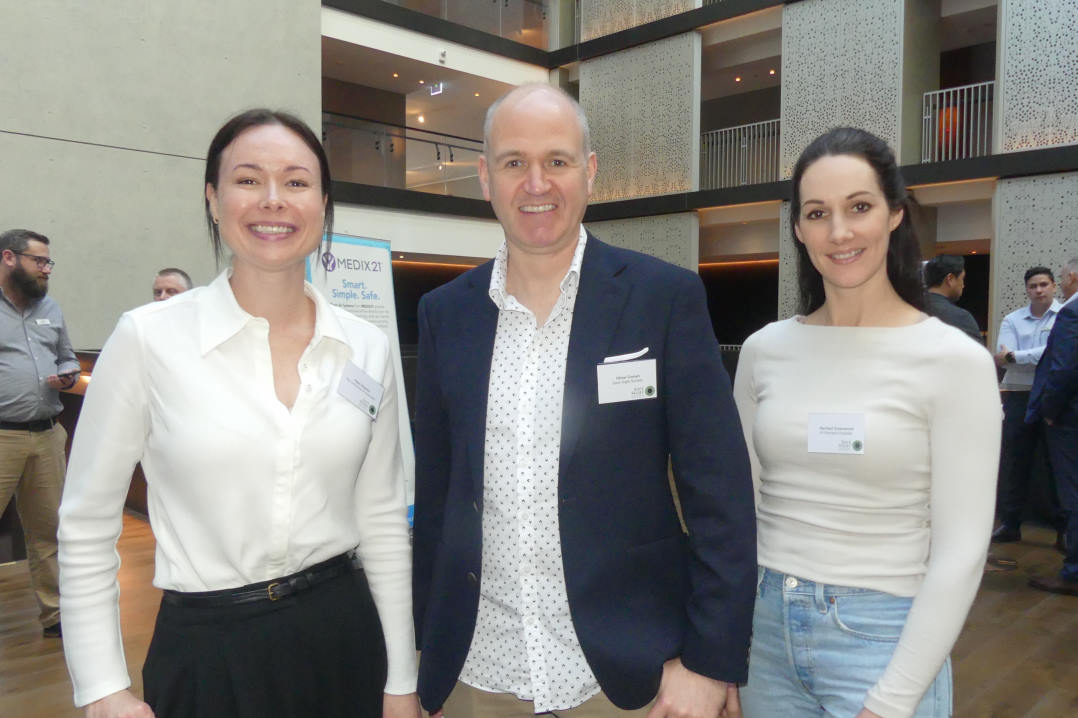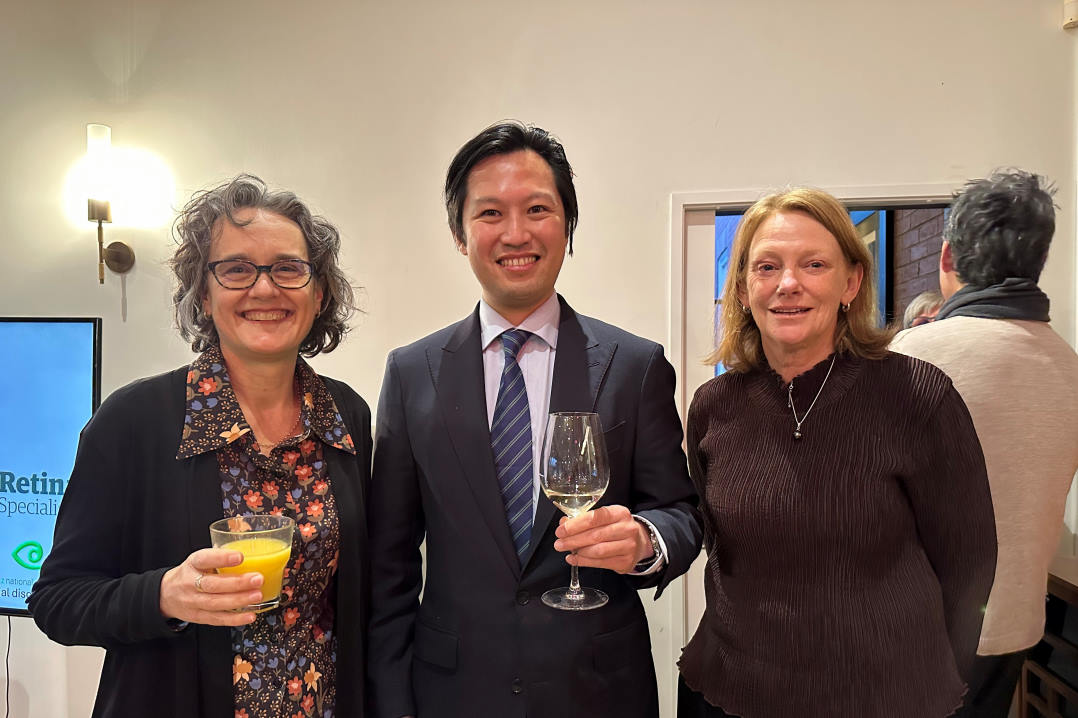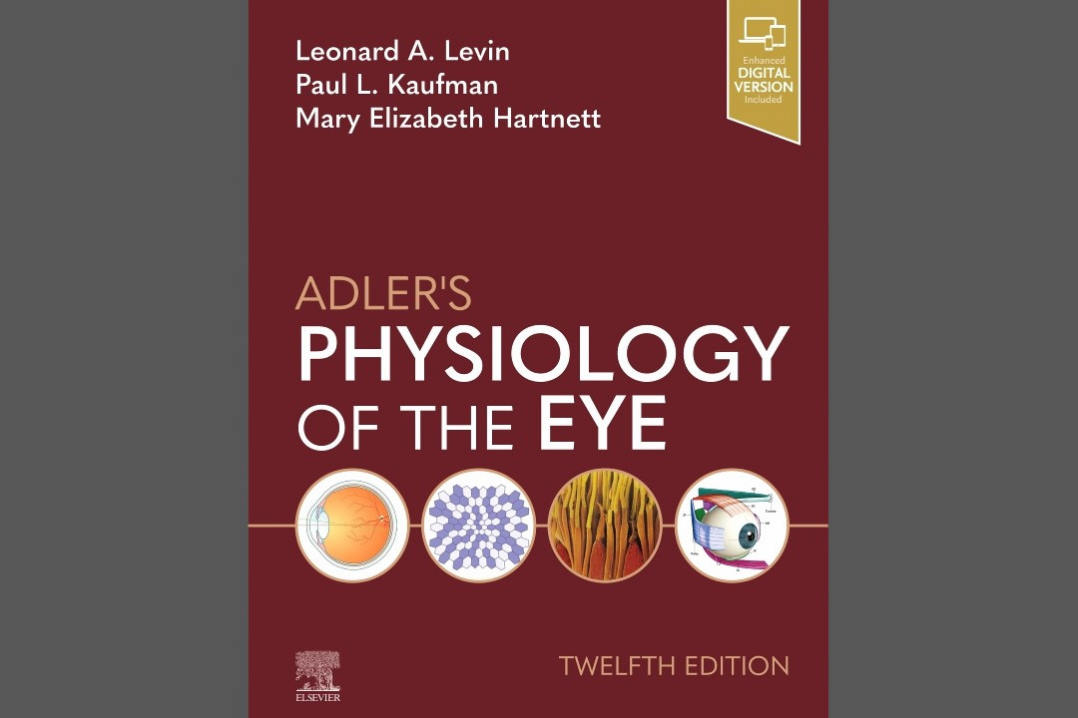Lasers, eclipses and other photic retinopathy risks
Case 1
A 17-year-old male was referred to the ophthalmology clinic after seeing his optometrist for a ‘blind spot’ in the left eye (LE) for over a year. LE vision was 6/15. There was a history of previous laser being pointed at the LE about a year ago. Optical coherence tomography (OCT) showed an outer retinal hole with intact retinal pigment epithelium, as seen in Fig 1. This is consistent with a photothermal injury induced by a laser. Fundus autofluorescence showed a minor amount of hypo-autofluorescence at the fovea.
The patient was referred for electrodiagnostic assessment to rule out other forms of retinal dystrophy. The electroretinogram findings showed normal global retinal function and macular function, along with normal rod and cone function.
The 15-month review showed a similar OCT appearance (see Fig 1), and 24-2 Humphrey visual fields were normal; 10-2 visual fields showed a subtle central scotoma. As the patient was within driving standards, a two-year follow-up is planned to assess whether driving standards continue to be met.

Fig 1. Case 1: Top row: Infrared image, blue autofluorescence image. Bottom row: OCT images over time
Case 2
A 10-year-old male was seen by an optometrist for an acute disturbance in LE vision. Ocular examination revealed ‘yellow and bruise-like’ appearance at the LE macula. He was subsequently referred to ophthalmology.
At initial presentation, ophthalmoscopy showed a hypopigmented macula. Vision was 6/9.5. OCT showed oedema of the outer retinal layers. The infrared reflectance image (Fig 2) showed multiple hyperreflective lesions at the fundus, consistent with neurofibromatosis type 1. There was a history of laser pointer use at home while playing, but he could not recollect it being pointed at the eye directly.

Fig 2. Infrared image and OCT images of Case 2. Infrared image (left), foveal scan (middle) and superior juxtafoveal scan (right).
At the six-month review, vision had improved to 6/6, and the outer retinal oedema on OCT had significantly reduced (see Fig 2) but a tiny retinal hole was visible. No further follow-up was necessary for the presumed laser-induced injury at the macula.
Discussion
Ocular damage has been known to be caused by indirect light through water or mirrors since the times of ancient Greece and Rome. Photic retinopathy (or maculopathy), however, was first described in the 17th century as damage from sunlight1 and with technological development, different types of photic retinopathy have been described.
- Laser-induced maculopathy – high-powered lasers are usually a small bandwidth of wavelength of light (monochromatic) within the visible light spectrum and are in phase (coherent)
- Solar maculopathy (or eclipse-viewing maculopathy)2 – at sea level, sunlight wavelengths are comprised mainly of visible light (400–700nm) and progressively reducing intensity with increasing wavelengths, from infrared light to microwaves and radio waves3
- Arc-welding maculopathy – arc-welding light usually includes light from ultraviolet (100–400nm), visible light and infrared (700–1,400nm) wavelengths4
These sources emit light of high radiance, which, when focused on a small area such as the fovea, can result in high irradiance. Pigments in the retinal pigment epithelium and the choroid chromophores absorb this light energy, with the location of the damage usually foveal or juxtafoveal, when the light is focused on the fovea by the refractive ocular surfaces. Additionally, the macula contains higher concentrations of the blue-light-absorbing carotenoids lutein and zeaxanthin than the peripheral retina5.
Both cases highlight markedly different prognoses, likely related to the extent of the photic injury. Case 1 showed a persistent cavitation of the outer retina at the ellipsoid zone without any resolution for over a year. Case 2, on the other hand, showed a resolution of the outer retinal damage and a recovery of visual acuity. The latter patient presented shortly after the laser-induced retinal damage, demonstrating the natural history in cases of mild photic injury.
Differential diagnoses:
- Retinal dystrophies (eg. achromatopsia or Stargardt disease)1
- Idiopathic macular telangiectasia
- Tamoxifen maculopathy
- Acute retinal pigment epitheliitis
Management
A patient’s history may not be always clear; they may report no exposure to light sources yet present with reduced visual acuity and scotoma. It is prudent to consider differential diagnoses such as retinal dystrophies, which require referral to ophthalmology. If the most likely diagnosis is photic retinopathy, then regular follow-up for observation with OCT is necessary during the initial acute phase. There are no proven treatments for photic retinopathy.
Factors reducing risk of photic retinopathy1
- Uncorrected refractive error (which causes unfocused light on the retina)
- Optical opacities
- Shorter exposure time
- Single exposure (versus repeated exposures)
- Pupil constriction
- Active eye protection against photic retinopathy: sunglasses (AS/NZS 1067.2:2016 Australia and New Zealand standard); eclipse-viewing glasses (EN 1836:2005, AS/NZS 1338.1:1992 and ISO 12312-2:2015 international safety standard)6; certified eye-protection for arc-welders
Prognosis
The symptoms of most patients resolve one to six months after injury and they achieve between 6/6 to 6/12 vision7. A study by Källmark et al showed 14 of 15 solar retinopathy patients had significant improvement in visual acuity up to 12 months after eclipse viewing. However, the central scotoma persisted in many of them2. About a third of patients in a study by Kumar et al. had partial ellipsoid zone recovery in the OCT images six months after injury8.
Lasers are classified on a scale of 1 to 4, based on how dangerous they are. The classes are set out in the New Zealand Laser Safety Standard. Class 1 and Class 2 lasers are considered safe. The output power of these pointers should be no more than one milliwatt (1mW). However, many available laser pointers aren’t classified and would fall within Class 3 or even Class 4. Unfortunately, tests conducted in New Zealand and overseas have found laser pointers, particularly the cheaper ones, advertised as having a power less than 1mW are frequently much more powerful.
Key points
- Careful history and examination are vital for an accurate diagnosis
- Most patients show some recovery over 6-12 months
- The hazards of laser pointers and the often incorrect labelling of their class
References
1. Martín-Moro JG, Verdejo JH, Gallardo JZ. Photic maculopathy: A review of the literature (I). Archivos de la Sociedad Española de Oftalmología (English Edition). 2018;93(11):530-41.
2. Källmark FP, Ygge J. Photo‐induced foveal injury after viewing a solar eclipse. Acta Ophthalmologica Scandinavica. 2005;83(5):586-9.
3. Klesman A. In what part of the electromagnetic spectrum does the Sun emit energy? 2020 [Available from: https://www.astronomy.com/observing/in-what-part-of-the-electromagnetic-spectrum-does-the-sun-emit-energy/.
4. Canadian Centre for Occupational Health and Safety. Welding - Radiation and the Effects On Eyes and Skin 2018. Available from: https://www.ccohs.ca/oshanswers/safety_haz/welding/eyes.html.
5. Rapp LM, Maple SS, Choi JH. Lutein and zeaxanthin concentrations in rod outer segment membranes from perifoveal and peripheral human retina. Investigative Ophthalmology & Visual Science. 2000;41(5):1200-9.
6. American Astronomical Society. How Can You Tell If Your Eclipse Glasses or Handheld Solar Viewers Are Safe? 2024 [Available from: https://eclipse.aas.org/eye-safety/how-to-tell-if-viewers-are-safe.
7. Lee R, Shepherd EA. Solar Retinopathy 2023. Available from: https://www.illinoisretina.com/blog/solar-retinopathy-april-2023.
8. Kumar K, Sen S, Anudeep K, Rajan RP, Kannan NB, Ramasamy K. Anatomical and functional features of photic retinopathy: a spectral domain optical coherence tomography–based longitudinal study. Graefe's Archive for Clinical and Experimental Ophthalmology. 2022:1-9.

Dr Arvind Gupta is a consultant ophthalmologist based at Auckland’s Manukau Super Clinic, Greenlane Clinical Centre, who specialises in cataract, medical retina and neuro-ophthalmology.

Kenny Wu is an Eye Institute and Te Whatu Ora Counties Manukau therapeutic optometrist with a clinical background in ocular surface disease and medical retina.









